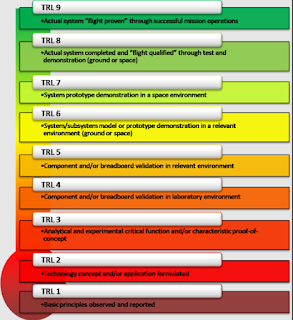Roundtable “Improving City Cybersecurity – Accelerating the Sharing of Sensitive Personal Knowledge “- April 21 at 4PM CET

Dear all, In collaboration with Major Cities of Europe ( https://www.majorcities.eu/ ) this round table will give us the opportunity for sharing examples on how we could collaboratively change the paradigm about on how to manage cybersecurity threats in a dynamic and effective way. Please contact me at oliver.schwabe@innovation-web.eu if you are interested in participating and I will forward the invite. Background: Daily news about cyberattacks around the world show that City administrations are sensitive targets of phishing, ransomware, malicious viruses etc. Attacks occur to all our IT systems, sometimes without even us noticing. Managing those threats by being ready to prevent them is a major challenge. Technology solutions, CISOs security officers, national and international official initiatives are essential but not enough. Many CIOs, especially medium / small cities, feel alone in managing these overwhelming issues. Often these attacks succeed with heavy consequences but very

